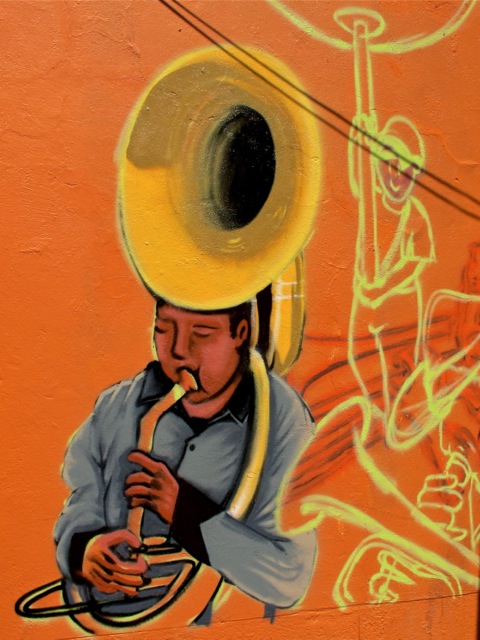And now a pause in the Semana Santa coverage…
The following article is part of the cover story project in the April 9 issue of The Christian Science MonitorWeekly magazine. It’s long, but I encourage you to click on it and read the full article.
Tiny Tamaula is the new face of rural Mexico: Villagers are home again as the illegal immigration boom drops to net zero
By Sara Miller Llana, Staff writer / April 8, 2012
Tamaula, Mexico – At this time of year in this tiny rural outpost that sits on a mountainside in Guanajuato State, most able-bodied men are gone. They’re off plucking and cutting chicken in processing plants in Georgia or pruning the backyards of Seattle.
But this year, Pedro Laguna and his wife, Silvia Arellano, are clearing rocks from their yard to prepare a field for corn. They’ve returned home to Tamaula, Mexico, with their four young children, after 20 years in the United States working illegally. Pedro’s cousin Jorge Laguna and his brothers are planting garbanzo beans in the plot behind their father’s home. Their next-door neighbor Gregorio Zambrano is also home: One recent morning he badgered a visiting social worker for funds to start a honey=production enterprise.
Since the Monitor last visited here in 2007, a major demographic shift has transformed this dusty village of 230. Migrants have come home, and with them have come other important changes. In 2007, there was no running water, no high school, no paved roads. A simple water pipeline, installed in February, runs to each of the 50-some homes. On a recent day the first high school class, including eight students ages 15 to 40, was finishing up math homework. And now, the main roads are paved.
“We can turn on the water and wash our clothes,” says Pedro’s uncle, Rodolfo Laguna, who spent 12 years working illegally in a chicken plant in Athens, Ga., before returning home in 2010 after both he and his son lost their jobs.
This is the new face of rural Mexico. Villages emptied out in the 1980s and ’90s in one of the largest waves of migration in history. Today there are clear signs that a human tide is returning to towns both small and large across Mexico.
One million Mexicans said they returned from the US between 2005 and 2010, according to a new dem-ographic study of Mexican census data. That’s three times the number who said they’d returned in the previous five-year period.
And they aren’t just home for a visit: One prominent sociologist in the US has counted “net zero” migration for the first time since the 1960s.
Experts say the implications for both nations are enormous – from the draining of a labor pool in the US to the need for a radical shift in policies in Mexico, which has long depended on the billions of dollars in migrant remittances as a social welfare cornerstone.
“The massive return of migrants will have implications at the micro and macro economic levels and will have consequences for the social fabric … especially for the structure of the Mexican family,” says Rodolfo Casillas, a migration expert at the Latin American School of Social Sciences in Mexico City. [Read full article]
Read Full Post »


























![[mexbike]](https://i0.wp.com/si.wsj.net/public/resources/images/OD-AQ543A_mexbi_G_20120412220756.jpg)













 Mexican Peso Converter
Mexican Peso Converter